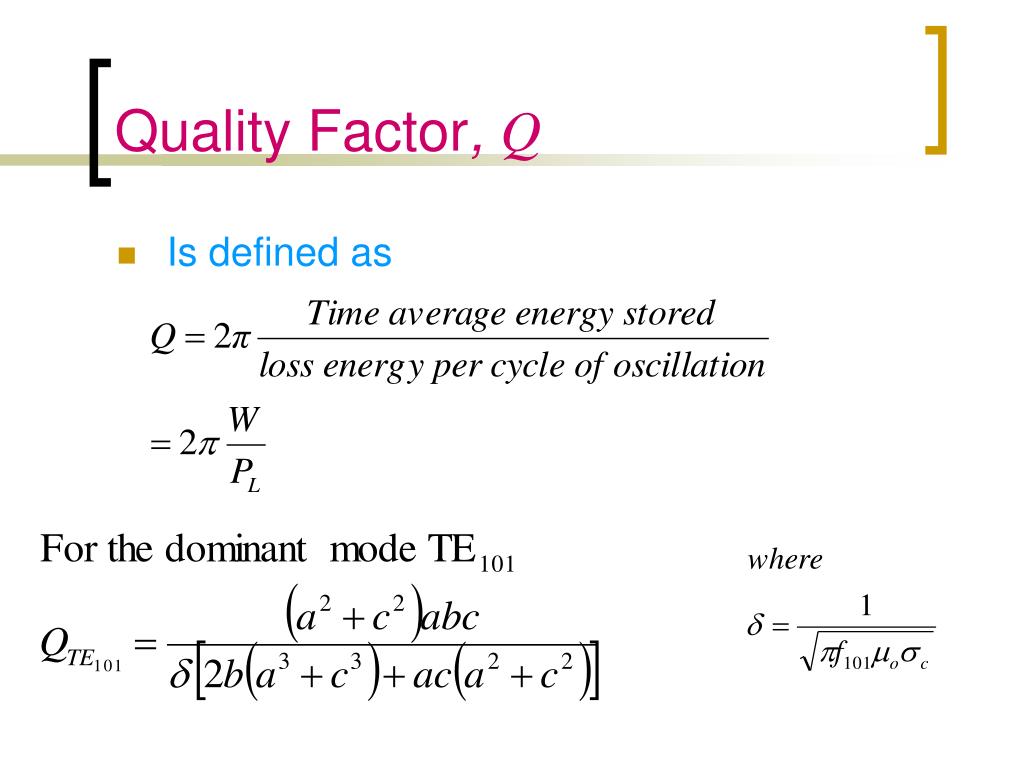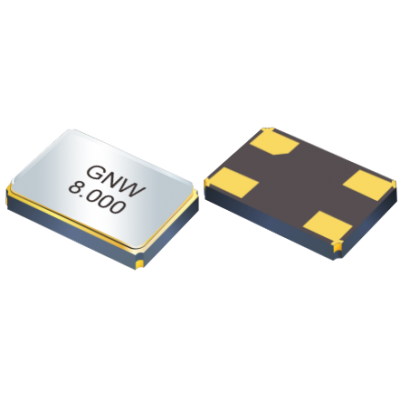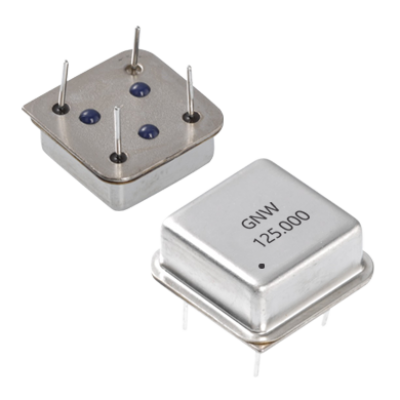
What is the Q value of a crystal unit?
Quality factor (Q):
In short, the “Q” value of a crystal unit is a measure of the units relative quality, or efficiency of oscillation. The maximum attainable stability of a crystal unit is dependent on the “Q” value.
The Quality factor(Q) of most crystals is in the area of 20,000 to 200,000 as compared to a good LC tuned tank circuit we looked at earlier which will be much less than 1,000. This high Q-factor value also contributes to a greater frequency stability of the crystal at its operating frequency making it ideal to construct crystal oscillator circuits.
What is Q Factor?
Q factor (also known as Quality Factor or Q-factor) is defined as a dimensionless parameter that describes the underdamped condition of an oscillator or resonator. The quality factor measures the performance of a coil, a capacitor, or an inductor in terms of its losses and resonator bandwidth.
The definition of Quality Factor was originally envisaged by an engineer called K. S. Johnson of the U.S. Department of Engineering of the Western Electric Company. He measured the efficiency and consistency of the various coils. During his studies, he developed the idea of the Q factor. Curiously, his option of letter Q was made not because of the word quality factor. He used since all the other letters of the alphabet were taken.
The Q factor implies energy losses within a resonant device that might be anything from a mechanical pendulum, an entity in a mechanical structure, or from an electrical circuit, such as a resonant circuit.
Q factor shows the energy loss due to the quantity of energy contained in the design. Thus, the larger the Q factor, the lower the rate of energy loss, and hence the slower the oscillations. They’re going to get a low degree of damping, and they’re going to ring longer.
In the case of electronic circuits, energy losses are caused by resistance inside the circuit. While this may occur somewhere within the circuit, the main trigger of resistance is inside the inductor. Although the Q factor of the element corresponds to losses, it relates directly to the bandwidth of the resonator with regard to its center frequency.







